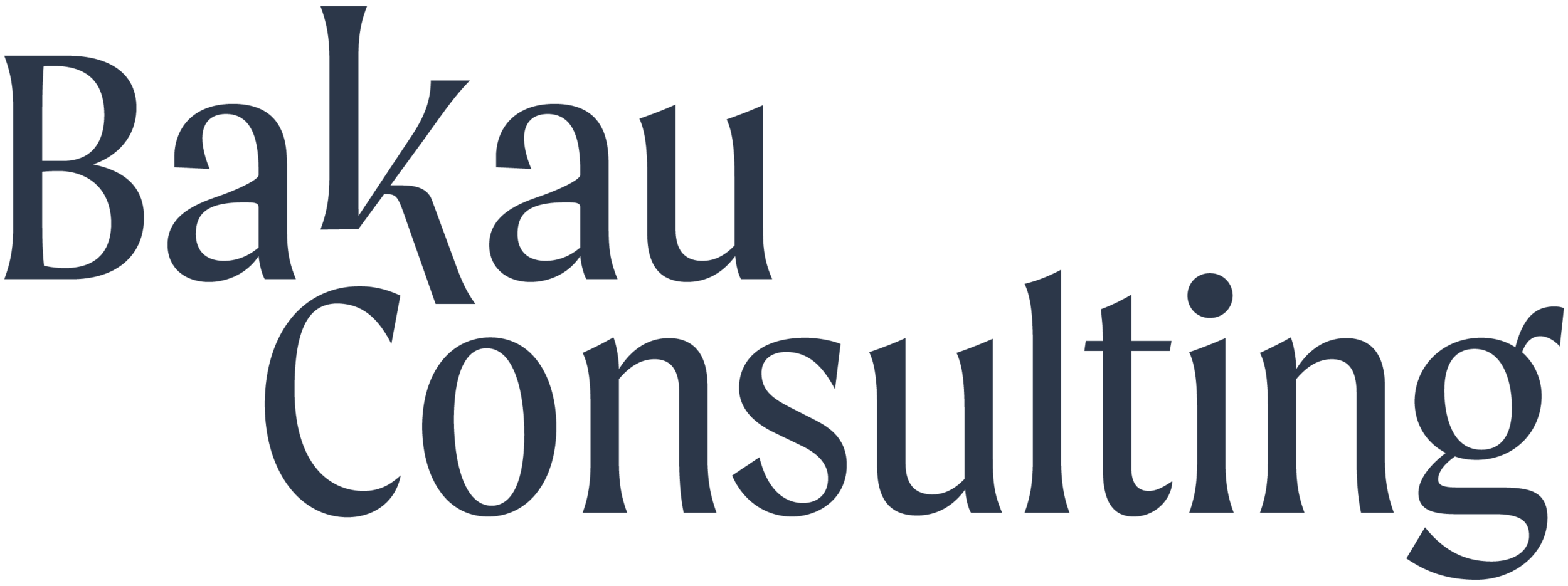Unconscious Bias and the Myth of the Perfect Candidate
By Amrita Aggarwal
Illustration: Dionne Co
Your sense of hope was dwindling. The right candidate seemed just out of reach. The interviews dragged on and on and on.
Until finally, the right candidate waltzed in. It was love at first interaction. They charmed everyone, even the managers whose energy depleted more and more with each passing interview. Maybe they didn’t match all the necessary requirements but you were willing to let it all slide. After all, a candidate that was so extroverted and well-versed had to be the right choice!
Every hiring manager’s dream, right? Well, sure! Who doesn’t want the “perfect candidate''?! But everything isn’t as perfect as it may seem…
What makes us prefer, or feel drawn to, one candidate over others? Can we really make decisions that are completely free of biases? Unfortunately no, not really. What we might deem to be a ‘culture fit’ issue is likely, in actuality, a bias issue. Through unconscious bias, we gravitate towards the people who are like us, whether in appearance, personalities, beliefs, preferences, and more. Since bias is so deeply entrenched in our minds that we might not even notice its significant role in our hiring decisions, how can we work towards mediating it?
We can strengthen accountability, focus on skills, and prioritize diversity.
We must take accountability for our biases by analyzing what biases exist beneath the surface of our conscious minds while we’re conjuring up a picture of the perfect candidate. Maybe we’ve painted this picture before we’ve even begun the interview process! Who are we thinking about? This image of the perfect candidate might be limiting our ability to really perceive the strengths of all the candidates that are presented to us. Thus, at the beginning we must highlight what specific skills and qualifications we are looking for. Is a driver’s license really necessary to do the job, or is it more of a ‘nice to have’? Are we alienating folks who aren’t able to access driver’s licenses for an array of reasons including disability, immigration, bureaucracy, mental health, and more? Is an undergraduate or masters degree really required to accomplish that job, or are our biases discouraging us from seeing people with low income backgrounds as viable candidates? By dismantling the logic behind each skill and qualification needed for a role, we start to disrupt the image of the perfect candidate in our minds.
Try as we may, our biases have a way of finding their way back to us. This is a common occurrence during resumé reviews. When we first review resumés, we begin formulating value judgements based on where applicants went to school, if they went to school, and the kinds of jobs they held in the past. What ultimately matters for most jobs are the skills that candidates bring to the table. That is why it is a better strategy to conduct a skills analysis without first viewing the resume. This skills test can take the form of cognitive aptitude tests, sample job-related tasks, or can test specific skills required to succeed in the job. If certain skills are not relevant for the job in question, they should not be tested on. To increase accessibility, these tests should include multiple structural options for folks with disabilities like sight loss or neurodivergence, limited internet access, technological inexperience or discomfort, and more don’t get written off and excluded. Unless English is an absolute requirement for the job, these tests should also be offered in other languages. Of course, to address inequities within this process, it is a good practice to compensate candidates for the time they spend taking the test.
Lastly, a standardized interview process with a diverse panel can help us stay accountable. This requires not changing the interview questions when the “perfect candidate” lands on our doorstep. This requires having a diverse panel making hiring decisions, and not limiting the panel’s diversity to just race or background, but also including diverse personalities, job designations, abilities, and more. Truly diverse teams can prevent our biases from running amok and make our processes more inclusive.
The right candidate might not always come roaring to our doorstep. They might instead show up with a hesitant knock, or they might roar in and need a moment to catch their breath. It is up to us to pay attention, look deeper, see applicants as full and complex people, and keep looking for ‘the one’ by checking our biases and conducting interview processes with accountability, curiosity, commitment to barrier-reduction, and inclusion.

